Recent developments in the field of sensors have helped advance medical technology. Wearables have become smaller and provide more vital sign monitoring functions with higher accuracy. The wearable sports watch is gradually transforming the healthcare industry. Not only does it help people stay healthy by potentially causing them to exercise more, but the technology is also approaching that required for clinical-grade devices, so that wearable ECG machines, for example, are on the horizon. Recently, Apple, Eli Lilly, and Evidation Health joined forces to develop a consumer-grade device like the iPhone which could be equipped with sensors to collect vital signs. Such a device might be able to predict conditions such as Alzheimer’s someday. Besides looking forward to the benefits that clinical-grade sensors will deliver, we can also anticipate sensors that will take less power, be smaller, and that will integrate more functions. Here is a glimpse of what’s coming.
Sport watch provides vital sign monitoring
At the recent Sensors Expo 2019, Maxim demonstrated its wearable health sensor platform (HSP) 2.0 as well as new silicon with improved power consumption. The all-in-one, wrist-worn format reference design can measure photoplethysmography (PPG), SpO2, and skin temperature with an embedded heart-rate algorithm, motion, and rotation capability.
This platform not only integrates clinical-grade ECG, heart-rate and body-temperature measurements, but it also meets the clinical-grade requirement of accuracy to within ±0.1°C. This is similar to the oximeter sensors used during a doctor’s appointment to measure the SpO2 (for blood-oxygen saturation) and PPG (for pulse and blood flow).
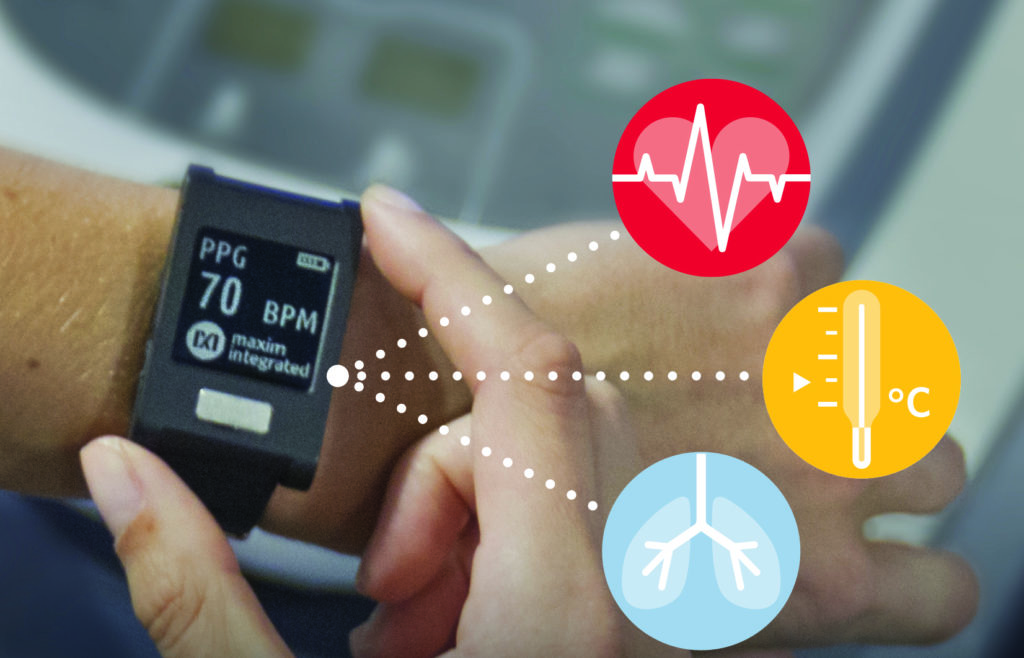
Additionally, Maxim also offers a new temperature sensor IC. Packaged in 2mm x 2mm x 0.75mm, the 10-pin thin LGA, MAX30208, can measure to within ±0.1 °C accuracy from +30 °C to +50 °C and draws 67μA operational compared with135μA from products on the market today.
In-ear devices such as hearing aids can integrate the heart-rate monitor and pulse oximeter functions with the MAXM86161. Compared with solutions on the market today, this new IC is 40% smaller (2.9mm x 4.3mm x 1.4 mm) and draws 10μA operating power (typical at 25sps) and 1.6μA in shutdown mode, about 35% less than current products on the market. This is important because the lower the power, the longer the battery life.
Flexible design
Many of the medical devices worn by patients to measure various types of vital signs need to be flexible. (Figure 2). To provide flexibility, Molex offers a combination of flexible circuitry to integrate various types of sensors and wireless communication capability on the same design. This approach meets both space and functional requirements. For example, as shown in Figure 3, a possible temperature tag can be integrated with near-field communications (NFC) capability. Such integration can make it possible to measure the temperature of, say, a sleeping hospital patient, without waking the person. The nurse only needs to stand close to the tag in order to take the reading wirelessly. The tag can be in the form of a “Band-aid” taped to the forehead. Additionally, the design can be customized to include other types of sensors for different applications.
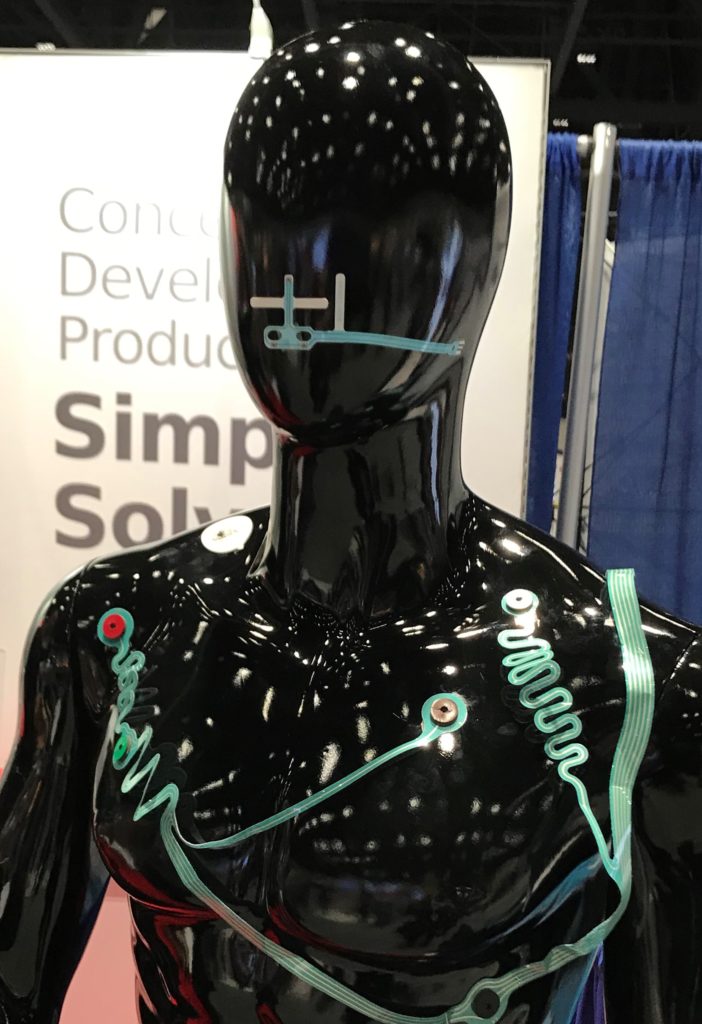
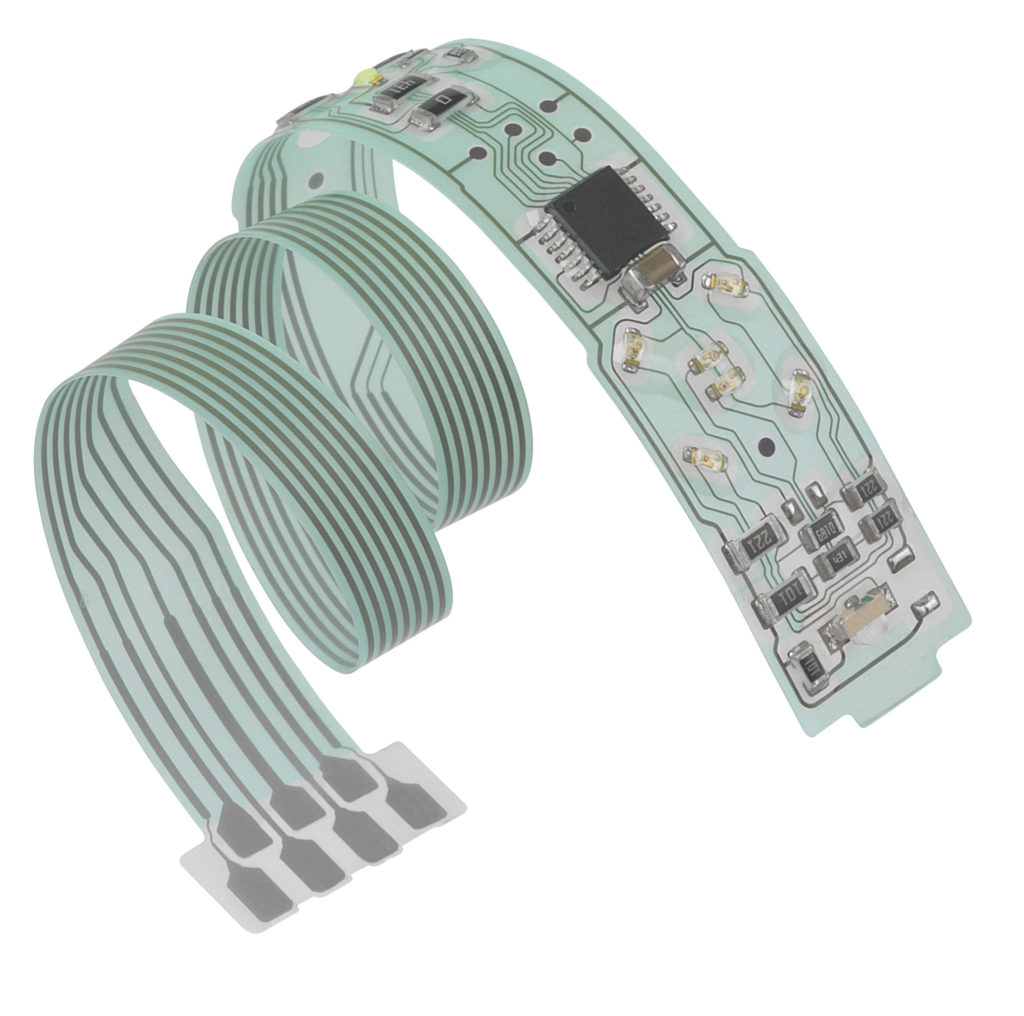
Deployment platform
If you are designing remote health monitoring systems using sensors, the OS-3010 Intelligent Multi-Sensor Development Platform from Olea may save you time. It combines multi-sensor input and artificial intelligence for data collection, analysis, and display in a graphical format. The sensors include the Olea HeartSensor™ 24GHz Micro-Doppler Radar Sensor (OS-3010) and Motion Sensors (Tri-Axis Magnetometer [compass], Tri-Axis Accelerometer and Tri-Axis Gyroscope). This is a non-invasive sensor design based on the Cortex-M4 32-bit Arm processor for loading embedded firmware, algorithms and signal processing. Finally, the platform bundles micro-USB and Bluetooth Low-Energy (BLE) 4.2 for communication purposes.

Sensors are used in wearable sports watches, remote healthcare, clinics, and hospitals for vital sign data collection and analysis. Future medical products with sensors will be smarter by using AI. Look for them to also shrink, extend battery life, and be more accurate. As accuracy approaches clinical-grade, devices such as sports watches will be more useful and functional. In this article, we have examined wearable design platforms, flexible circuitries with custom sensor integration, and a multi-sensor input development tool. Expect the evolution of medical sensors to continue and for their new capabilities to make possible a host of new applications.

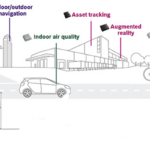
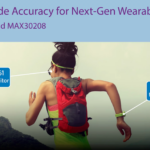
Leave a Reply